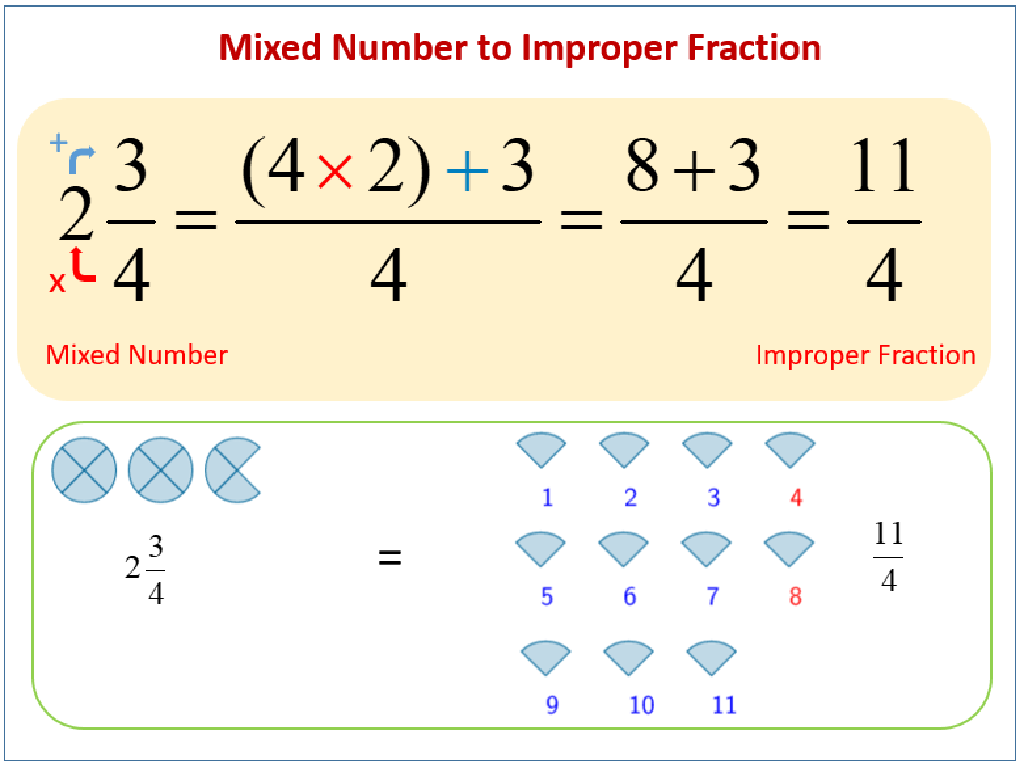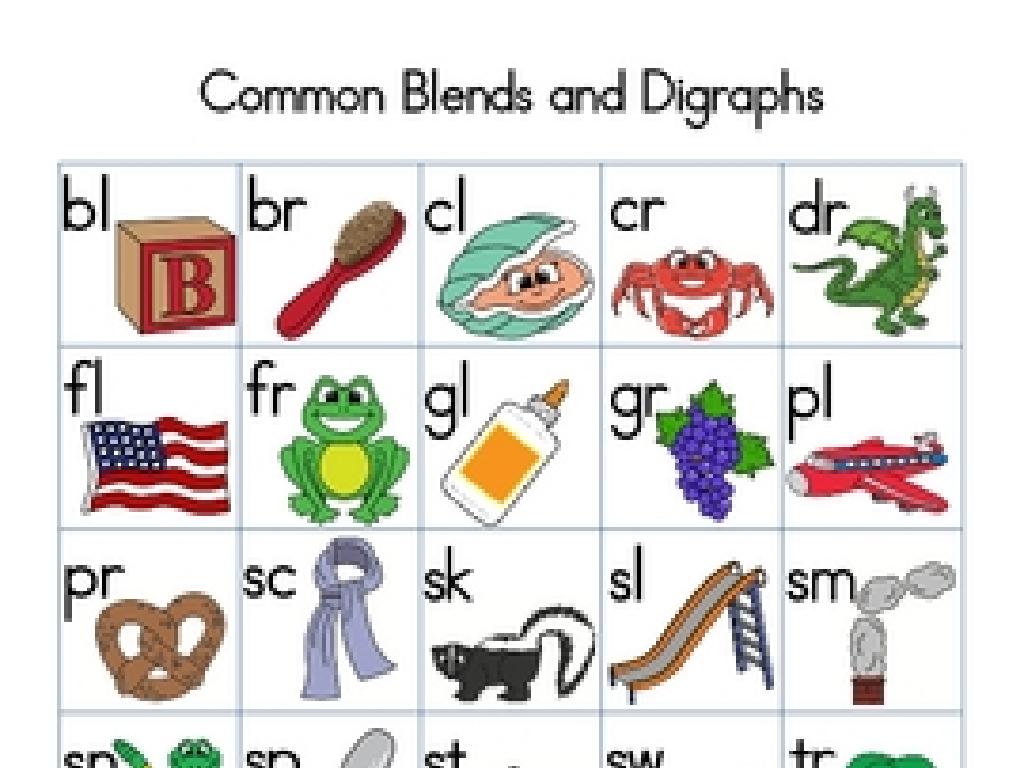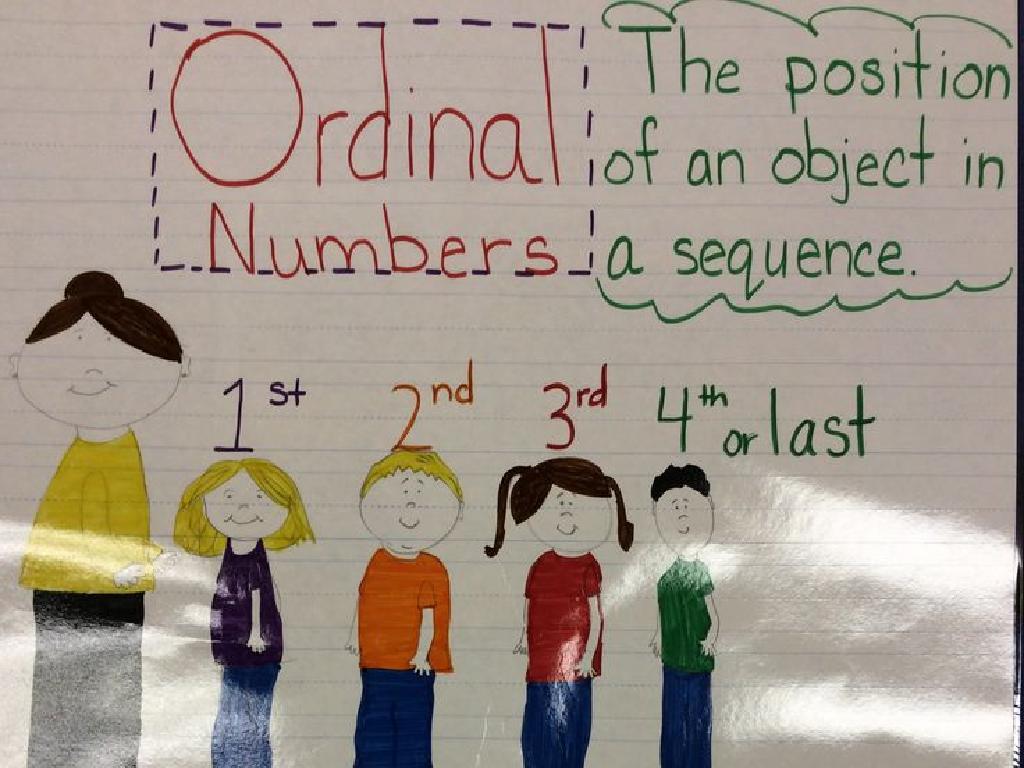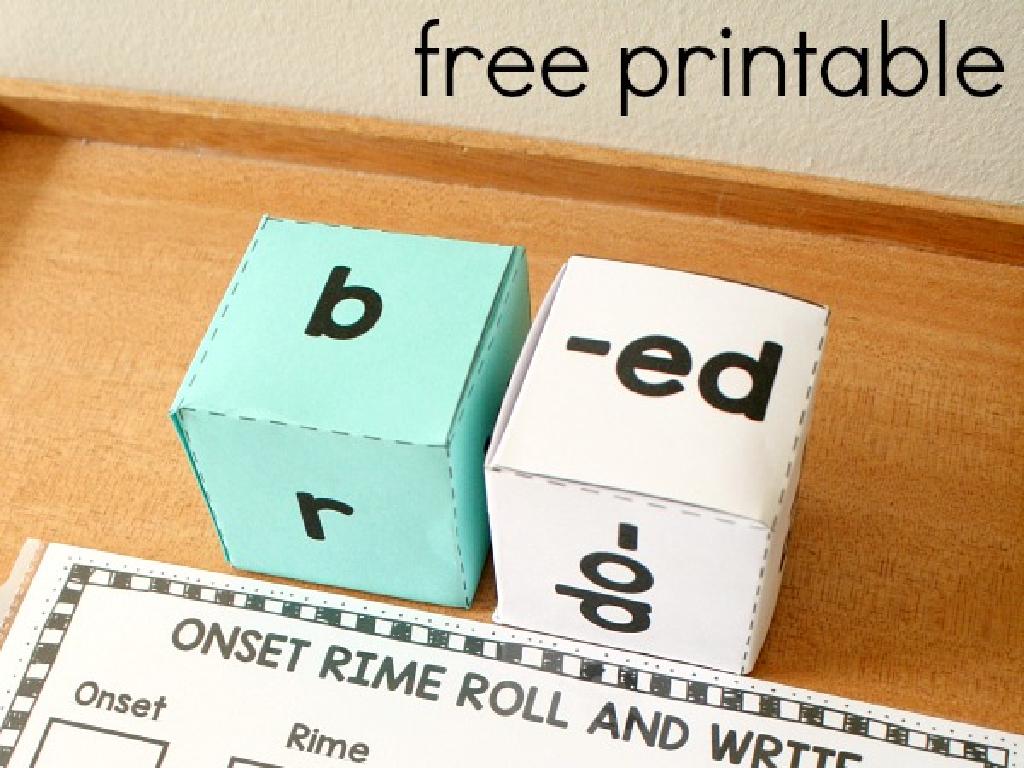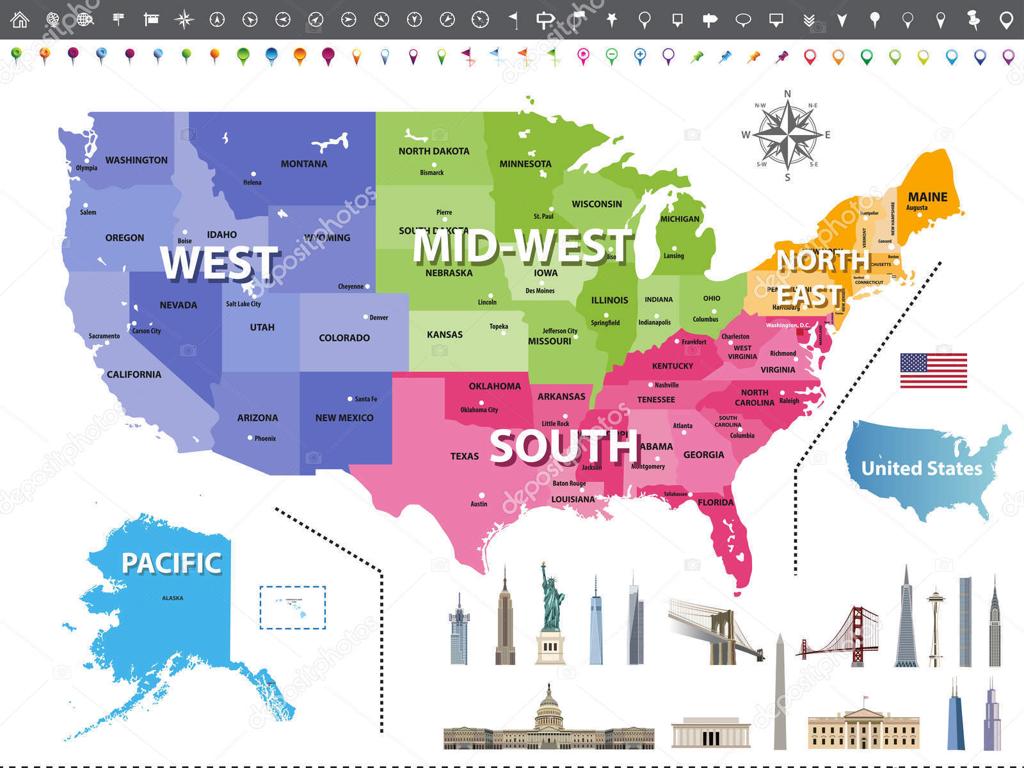Words With -Able And -Ible
Subject: Language arts
Grade: Eighth grade
Topic: Prefixes And Suffixes
Please LOG IN to download the presentation. Access is available to registered users only.
View More Content
Exploring Word Structure: Prefixes and Suffixes
– Building blocks of words
– Defining prefixes and suffixes
– Prefixes appear at the start, suffixes at the end of words
– Common prefixes: un-, re-, pre-
– ‘un-‘ means not, ‘re-‘ means again, ‘pre-‘ means before
– Common suffixes: -able, -ible, -ness
– ‘-able’ means can be done, ‘-ible’ similar, ‘-ness’ turns adjectives into nouns
|
This slide introduces the concept of prefixes and suffixes, which are essential components of many English words. Understanding these can help students decipher unfamiliar vocabulary and enhance their word formation skills. Prefixes are added to the beginning of a base word to alter its meaning, while suffixes are added to the end to change its grammatical function or meaning. Provide examples like ‘unhappy’ (not happy), ‘redo’ (do again), ‘preview’ (view before), and ‘comfortable’ (can be comforted), ‘accessible’ (can be accessed), ‘happiness’ (state of being happy). Encourage students to think of additional examples and discuss how the meaning changes with different prefixes and suffixes.
Suffixes: -able vs. -ible
– Meaning of -able and -ible
– Both suffixes form adjectives meaning ‘capable of, susceptible of, fit for’.
– Impact on word meaning
– They turn verbs into adjectives, e.g., ‘readable’ means ‘can be read’.
– Rules for using -able
– Generally, if a word is complete before the suffix, use -able, e.g., ‘enjoyable’.
– Rules for using -ible
– If the base word isn’t complete or from Latin, use -ible, e.g., ‘accessible’.
|
This slide introduces the suffixes -able and -ible, which are commonly used to form adjectives that describe the capability or suitability of something. It’s crucial to explain that while both suffixes have similar meanings, they are used differently based on the root word. Provide students with the general rule of thumb for using -able when the root word is a complete word on its own and -ible when the root word is not complete or is derived from Latin. Encourage students to look for patterns and practice with examples to gain a better understanding of when to use each suffix. Prepare a list of words and ask students to identify the correct suffix and explain their choice.
Understanding -able and -ible Suffixes
– Use -able with complete words
– ‘likeable’ from ‘like’, ‘readable’ from ‘read’
– Drop ‘e’ before adding -able
– ‘advisable’ from ‘advise’, not ‘adviseable’
– Note exceptions to the rule
– ‘believable’ is correct, but ‘singable’ is an exception
– Practice with examples
|
This slide focuses on the suffix -able and its usage rules. Students should understand that -able is typically added to complete words, and when the root word ends in ‘e’, the ‘e’ is dropped before adding -able. However, there are exceptions to these rules that students will need to memorize. Encourage students to practice by identifying root words and determining if -able can be added by following these guidelines. Provide a list of words for students to convert by adding -able, and discuss any exceptions they may encounter. This exercise will help reinforce their understanding of suffixes and word formation.
Understanding When to Use -ible
– Use -ible with incomplete roots
– ‘Perceptible’ from ‘percept’ (not a stand-alone word)
– Keep the root intact
– Memorize common -ible words
– ‘Incredible’, ‘edible’, ‘accessible’
– Practice with examples
– ‘Convertible’, ‘irresistible’, ‘responsible’
|
This slide focuses on the suffix ‘-ible’, which is typically used when the root of the word is not a complete word by itself. It’s important to note that when adding ‘-ible’, the root word remains unchanged, meaning no letters are dropped. Provide students with a list of common ‘-ible’ words to help them remember and recognize patterns. Encourage them to practice by identifying more ‘-ible’ words in their reading or by creating sentences using the words provided. This will help solidify their understanding of when and how to use the ‘-ible’ suffix.
Mastering -able and -ible Suffixes
– Identify correct suffix: -able or -ible
– Use root words to determine the right suffix
– Understand why words take -able/-ible
– Some rules help decide, like word origin & pronunciation
– Group activity: coin new words
– Combine familiar roots with suffixes to make new terms
– Share creations and discuss
– Explain your word choices and learn from others
|
This slide is aimed at engaging students in a practical exercise to understand the use of -able and -ible suffixes. Start by explaining the general rules that guide the use of these suffixes, such as the completeness of the root word or its origin (Latin or Greek). Then, move on to the group activity where students create new words by adding -able or -ible to root words. This will help them apply the rules and understand the nuances of word formation. Encourage creativity and sharing among groups to foster a collaborative learning environment. As a teacher, be prepared to guide the students through the activity, offering examples and explanations as needed. Possible activities could include creating a word puzzle, writing a short story using the new words, or a game where students guess the meaning of their peers’ creations.
Suffix Hunt: -able vs. -ible
– Search for -able/-ible words
– Look in your textbook for words ending with -able or -ible
– Classify words into categories
– Sort the words into two lists based on their suffixes
– Share findings with the class
– Discuss the words you found and how you determined their category
– Reflect on word meanings
|
This class activity is designed to help students recognize and categorize words ending with the suffixes -able and -ible. Provide students with a brief review of what suffixes are and how they change the meaning of root words. Encourage students to skim through their textbooks to find as many words with the -able and -ible suffixes as they can. Once they have a list, ask them to classify the words into two categories based on the suffix. After the hunt, students should share their findings with the class, discussing any patterns or rules they noticed that might help determine when to use -able versus -ible. As an extension, students can explore the meanings of the words they found and use them in sentences to demonstrate comprehension.
Wrapping Up: -able and -ible Suffixes
– Recap: Usage of -able and -ible
– Significance of suffixes in language
– Suffixes alter word meaning and part of speech
– Homework: Craft 10 sentences
– Use newly learned words in context
– Incorporate new -able/-ible words
– Enhance vocabulary and understanding
|
As we conclude today’s lesson, remind students of the key points about the suffixes -able and -ible. Emphasize how these suffixes change the meaning of root words and often turn verbs into adjectives. Understanding suffixes is crucial for vocabulary development and comprehension in language arts. For homework, students should write 10 sentences using new words with -able and -ible suffixes. This will help them apply what they’ve learned and reinforce their understanding of how these suffixes function in context. Encourage creativity and the use of a dictionary or thesaurus to discover new words. In the next class, we can review some of these sentences to discuss the nuances of word choice and meaning.

